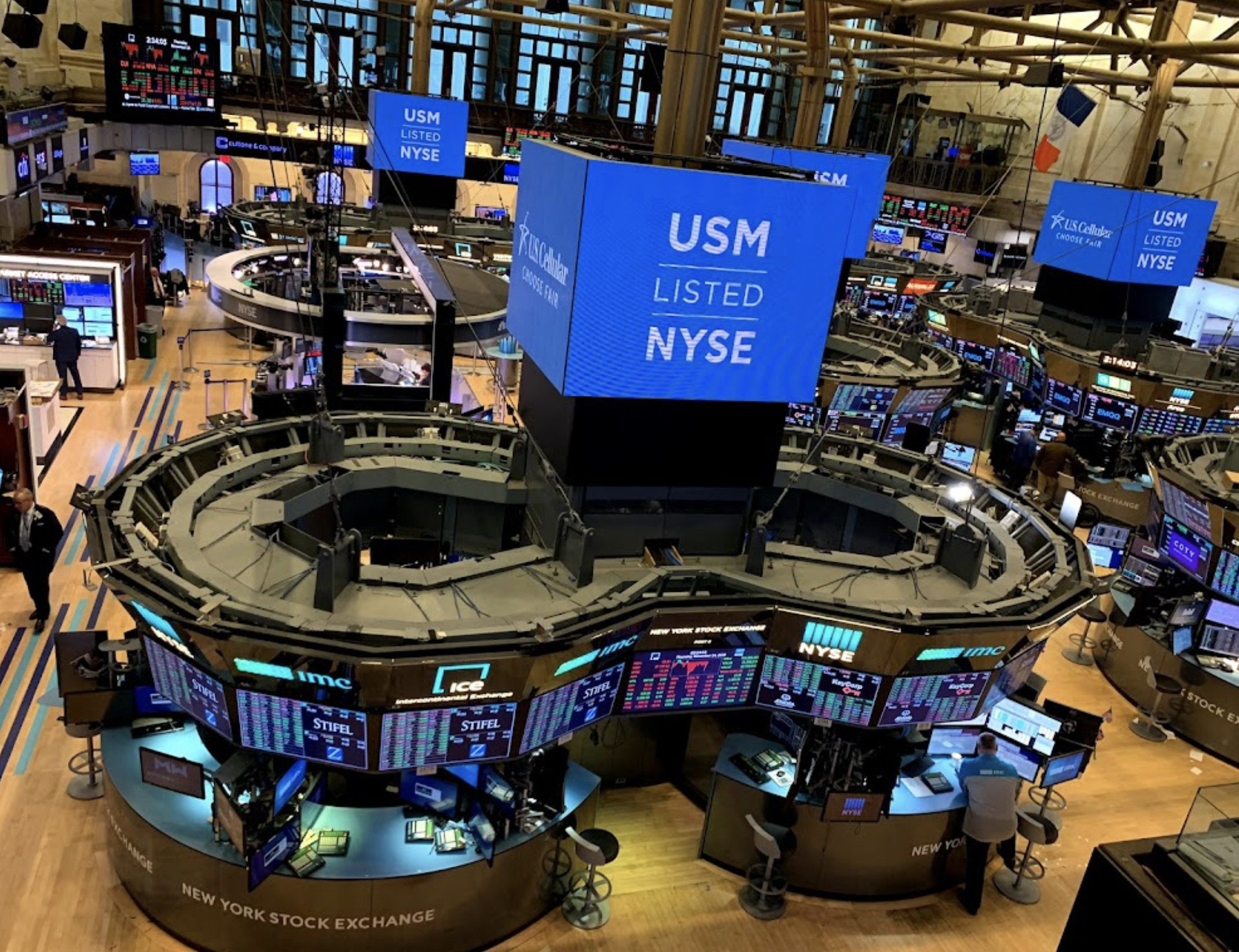


Wall Street was pleased, and post earnings UPS stock rallied about 15%, hitting a record high of $233.72. But since then, the shares have lost a substantial portion of those gains, closing Tuesday at $217.26, up 1.8% year-to-date (YTD) and 34.5% in the past year.
Management painted a rosy picture about increased e-commerce demand and higher margins. Moreover, 10% of revenues came from Amazon (NASDAQ:AMZN), a company that also reported blockbuster earnings. Supply chain issues have also meant strong pricing power.
Metrics from UPS helped calm some of the recent anxiety over the outlook for transportation shares. Although it returned 15.4% in the last 12 months, so far in 2022, the widely-followed Dow Jones Transportation Average is down 6.7% as increasing energy and labor costs have become a significant concern in recent months.
Now investors are wondering if UPS’ upbeat outlook can help the sector reach new highs in the coming quarters.
Previously we have written about three other exchange-traded funds (ETFs) and now we are introducing two more that could appeal to sector bulls.
It is also worth noting that on Mar. 17 FedEx (NYSE:FDX) will issue Q3 FY22 earnings. Those numbers could provide more insight on how the sector may perform for the rest of the year.
The logistics and transportation industry in the United States is highly competitive. As such, many on Wall Street regard the industry as a leading indicator of economic growth.
Its sub-sectors include logistics, air and express delivery services (EDS), freight rail, maritime transportation, and trucking.
Our first fund, the First Trust NASDAQ Transportation ETF (NASDAQ:FTXR) invests in US transportation firms. The fund began trading in September 2016.
FTXR, which has 29 holdings, tracks NASDAQ US Smart Transportation Index. The top 10 holdings account for close to 55% of net assets of $1.13 billion.
In terms of the sub-sectors, we see railroads (17.29%), trucking (16.37%), airlines (15.49%), automobiles (15.73%), and delivery services (8.33%).
Leading holdings include legacy carmaker Ford (NYSE:F); railroad groups Union Pacific (NYSE:UNP) and CSX (NASDAQ:CSX); less-than-truckload (LTL) freight carrier Old Dominion Freight Line (NASDAQ:ODFL); and truck maker PACCAR (NASDAQ:PCAR).
In the past 12 months, FTXR returned 6.1% and hit a record high in early January. However, the fund has come under pressure and lost 6.45% YTD since then.
Despite the recent decline, valuation is still on the rich side. P/E and P/B ratios are 21.91x and 3.33x. Therefore, interested readers may want to wait for a potential pullback toward the $31 level.
Recent research titled Transportation & Logistics 2030 by PricewaterhouseCoopers highlights:
Meanwhile, about 80% of global trade relies on maritime transportation and global ports. Our next fund, the US Global Sea to Sky Cargo ETF (NYSE:SEA), invests in companies in global sea shipping and air freight segments. It is a new and small fund that was first listed in January 2022. Net assets are around $8.7 million.
SEA, which has 29 holdings, tracks the US Global Sea to Sky Cargo Index. Over half of the fund is in the leading 10 stocks.
70% of the names come from marine shipping, while the rest comes from air freight/couriers. Firms from the US have the largest slice, with 27%. Next in line are companies from Hong Kong (19%), Taiwan (14%), Japan (14%), and Germany (7%), among others.
ZIM Integrated Shipping Services (NYSE:ZIM), Orient Overseas International (OTC:OROVY), COSCO SHIPPING (OTC:CICOY), and Nippon Yusen (OTC:NPNYY) lead the names in the portfolio.
SEA started trading on Jan. 20 at an opening price of $20.10. Now it is changing hands at $20.85. As we have already noted, it is a small fund without much trading history. Therefore, interested readers need to do further due diligence before hitting the ’buy’ button.
This article was originally published here.
